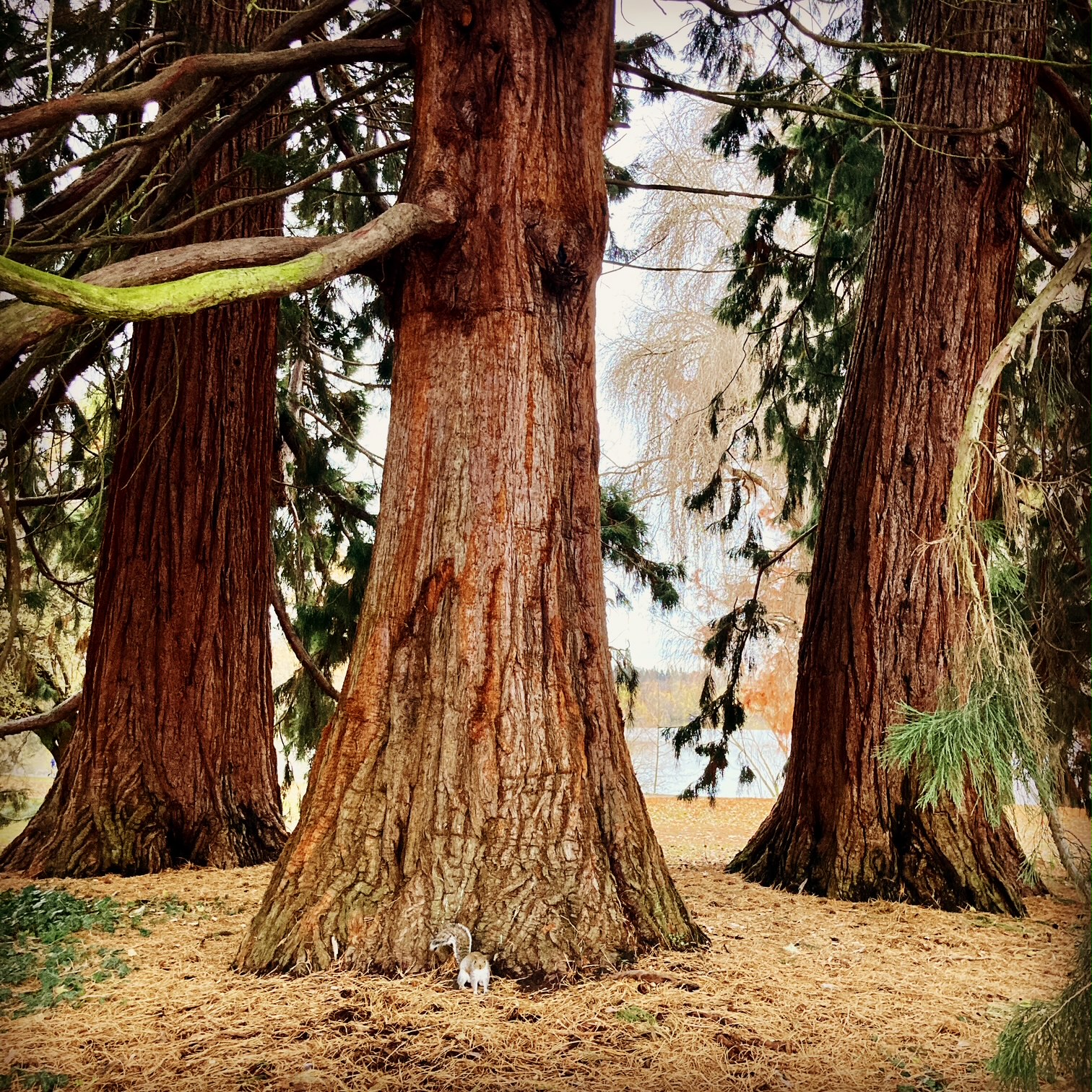Fridheimar Greenhouse yields 300 tons of produce annually in an interior space, run electronically, covering 5000 square meters. Produce from the greenhouse at Fridheimar’s consists uniquely of tomatoes and cucumbers. The tomatoes at this particular greenhouse contribute 18% of Iceland’s tomato market. Tomatoes are vine ripened, and immediately sold in supermarkets throughout the Iceland. Fridheimar’s greenhouse tomatoes are fresh, tasty, sweet, and organic.
Helena is one of the owners of the greenhouse. Together with her husband, she has been working the greenhouses for over 20 years. Helena talked to us about Iceland’s sustainable energy used to power her greenhouses. 90% of Iceland runs on clean bio sustainable geothermal energy and the greenhouse we visited was a fine example of how a country can use high technology and geothermal energy to produce food without harming the environment. Imagine delicious tomatoes grown in a country so far north that it receives only four hours of sunlight per day during the cold winter months!
The greenhouse growing culture got started in the 40s and 50s in Iceland. Today’s greenhouses are high tech greenhouses controlled by computers. The computers control the opening and closing of windows and the turning on and off of the high pressured sodium lamps used as grow lights. The computers even read the outdoor wind and make appropriate changes to create a perfect environment for tomato and cucumber growing. Helena told us (first group) that by using the computer on her iPhone, she was able to control the climate in her greenhouses while lying on a beach in Thailand!
At Fridheimar’s Greenhouse, artificial and chemical pesticides are not used. They do, however make use of one natural pesticide. It is a small green fly, whose exact name I cannot recall, whose job it is to feed on small microbial critters. The small green flies are the good guys.
Helena and her husband also make use of bumble bees. Cucumbers are self pollinators and have no use for the bees. Tomatoes, by contrast, rely on the bumble bees for pollination/ fertilization to produce fruit. One queen and hundreds of worker bees are flown in from Holland every few weeks. They arrive in a box, ready to work. Worker bees live 6-8 weeks. There are up to 600 active worker bumble bees at any one time at their greenhouse. Bumble bees are extremely industrious and one worker bumble bee can do the work of several honey bees. Compared to honey bees, bumble bees rarely sting. Bumble bees only sting in self defense.
Once the tomatoes start to ripen, plum tomatoes, cherry tomatoes, and piccolo tomatoes are picked weekly. Cucumbers, on the other hand, are rapid growers and they are picked daily! Everything is carefully picked by hand and the work of harvesting is labor intensive. All produce is ripened on the vine. Of the tonnage produced in tomatoes and cucumbers, none is exported. Everything is for domestic consumption.
After the explanation, we enjoyed a fabulous tomato soup lunch. Fridheimar Greenhouse has a lovely bright cafe within the greenhouse, complete with a bar and dessert offerings. We ate tomato soup served with the best of breads, made in onsite geo thermally run ovens. They even produced a gluten free bread that was, according to a gluten free member of my retreat group, some of the best bread ever produced! Might I mention the bread was served with Icelandic butter?

Helena passionately explains how the greenhouses work! She and her husband have run the green houses for 20 years.

Bread made and served at the greenhouse! They also served gluten free bread and Russ said it was the best gluten free bread he has ever eaten in his life!
















We are GF and weren’t sure we wanted to make the trip down to the tomato farm if we could only have soup. Thank you for this post. I now have GF bread to look forward to.